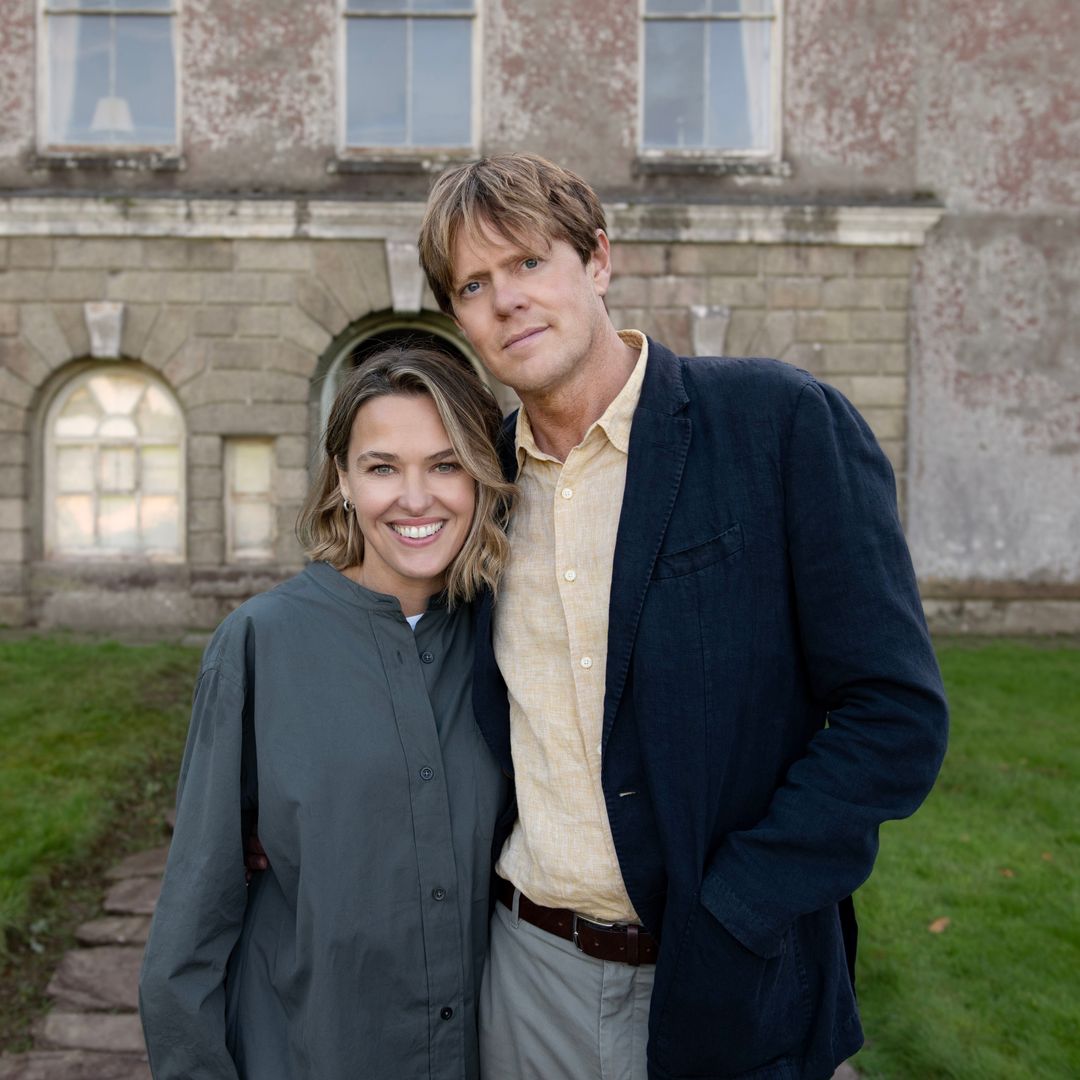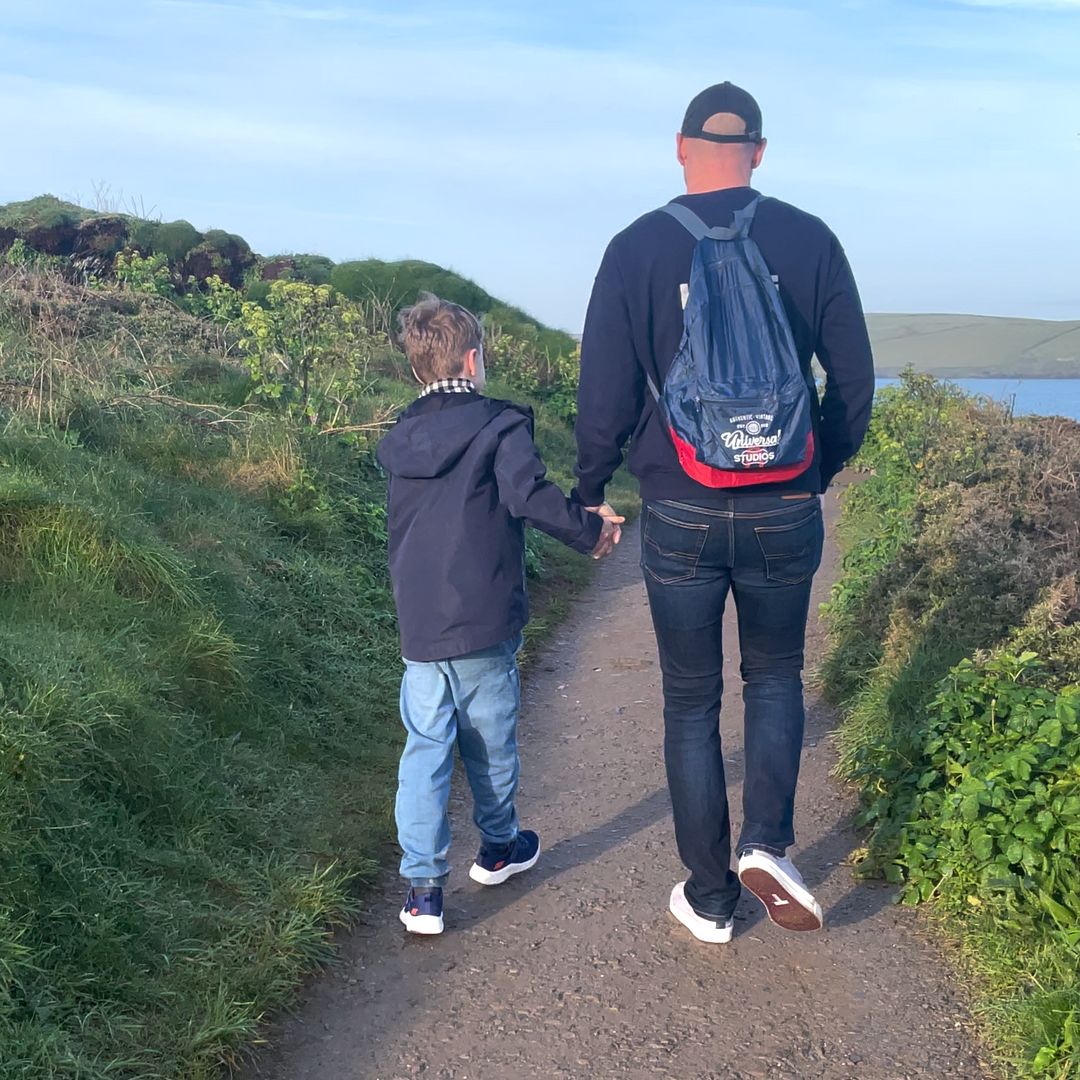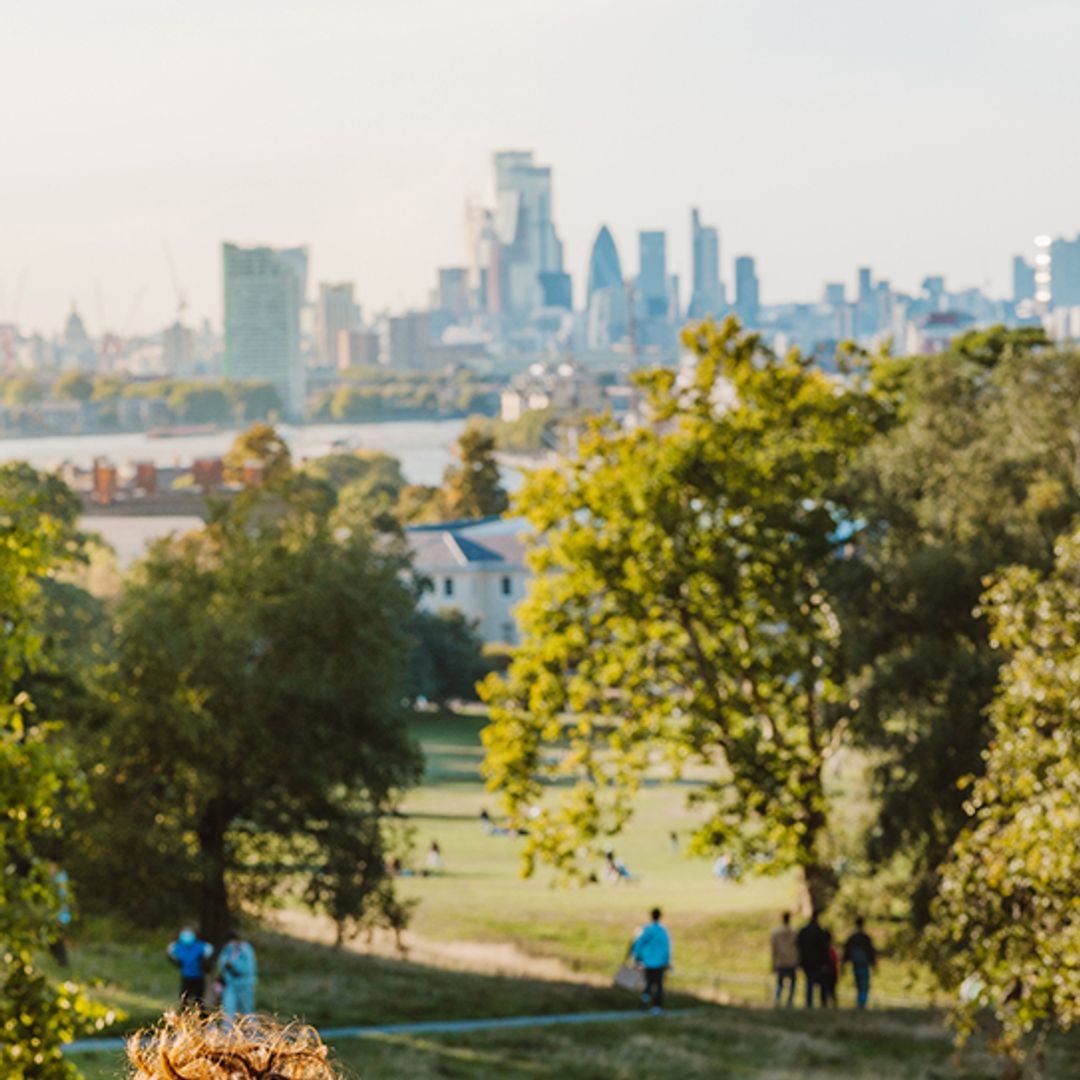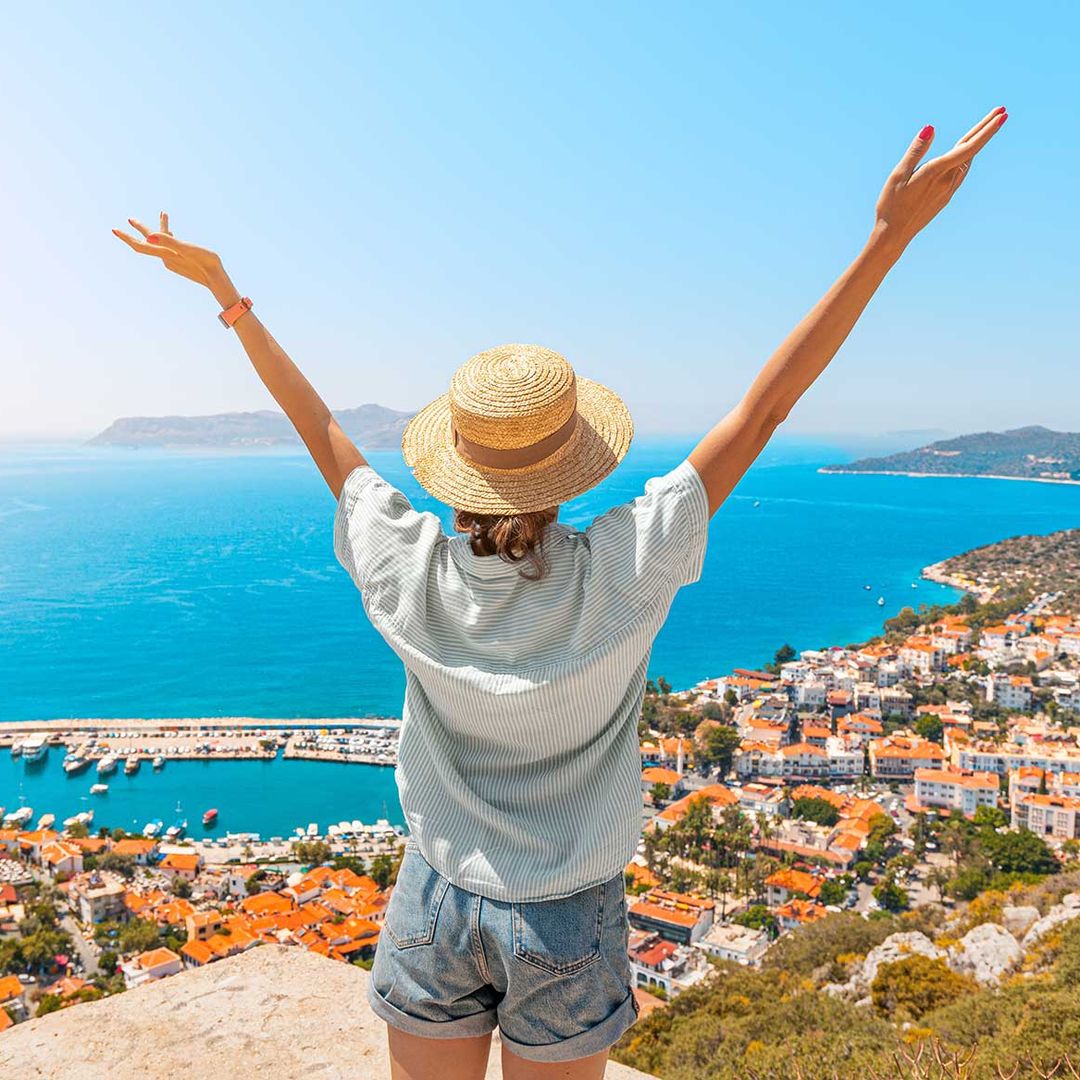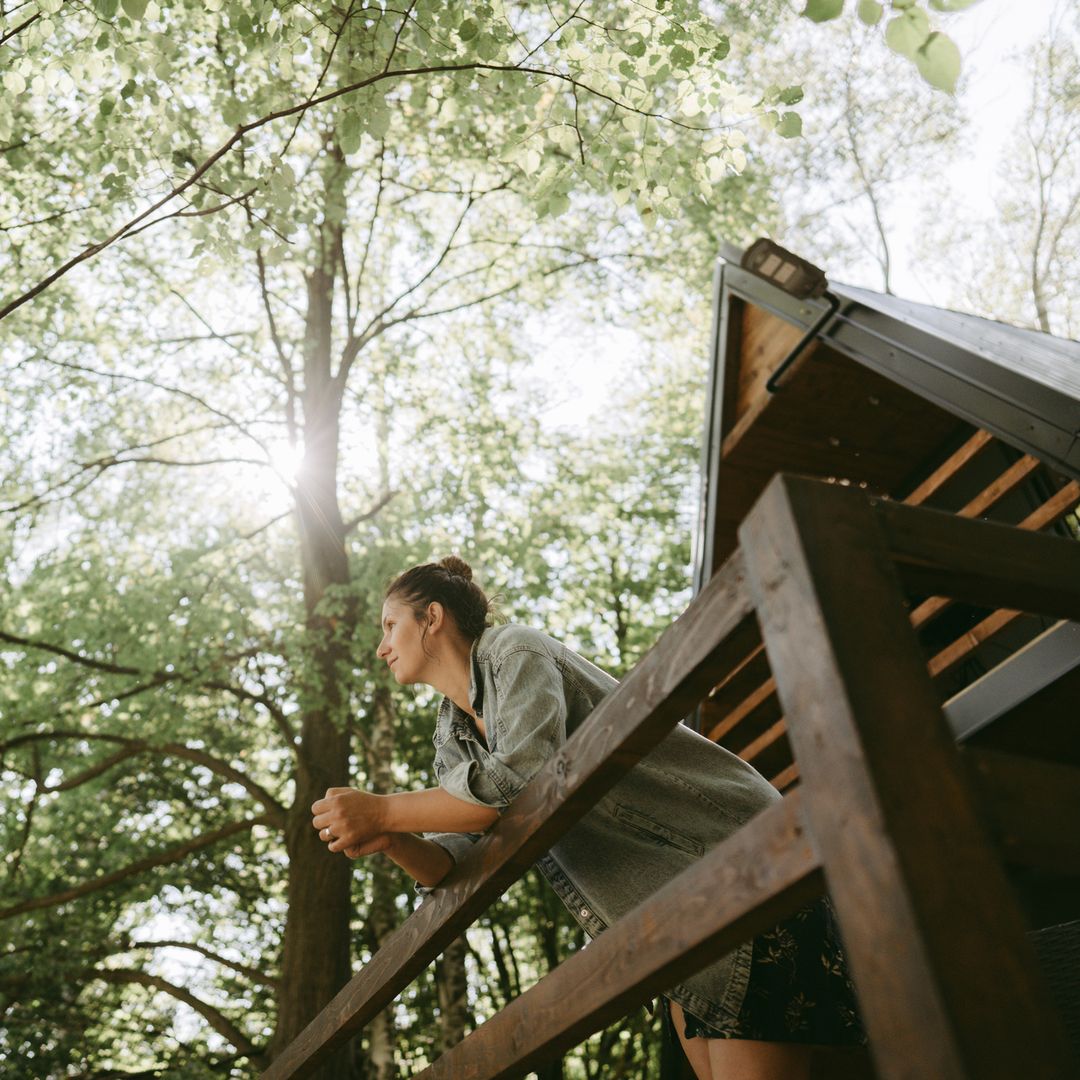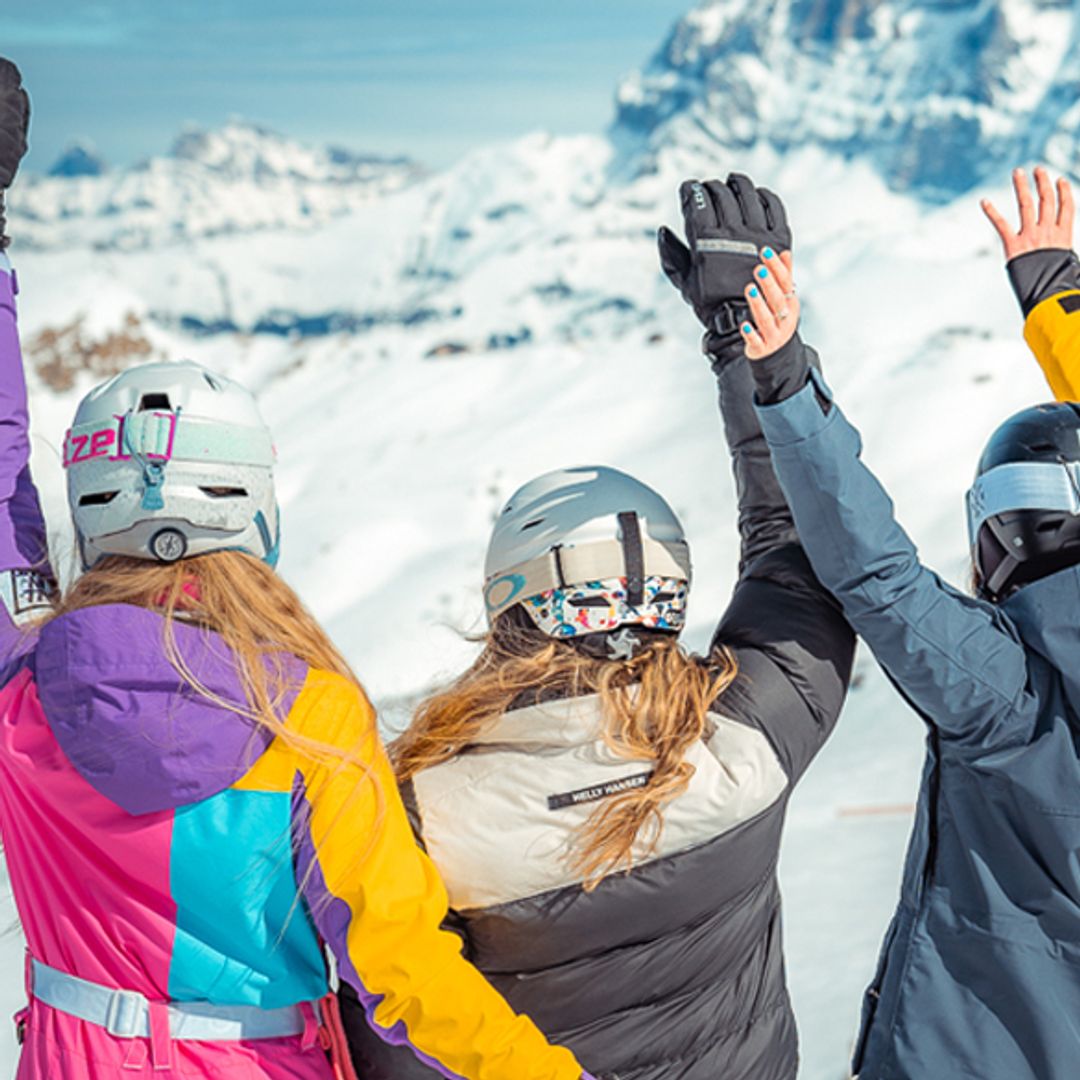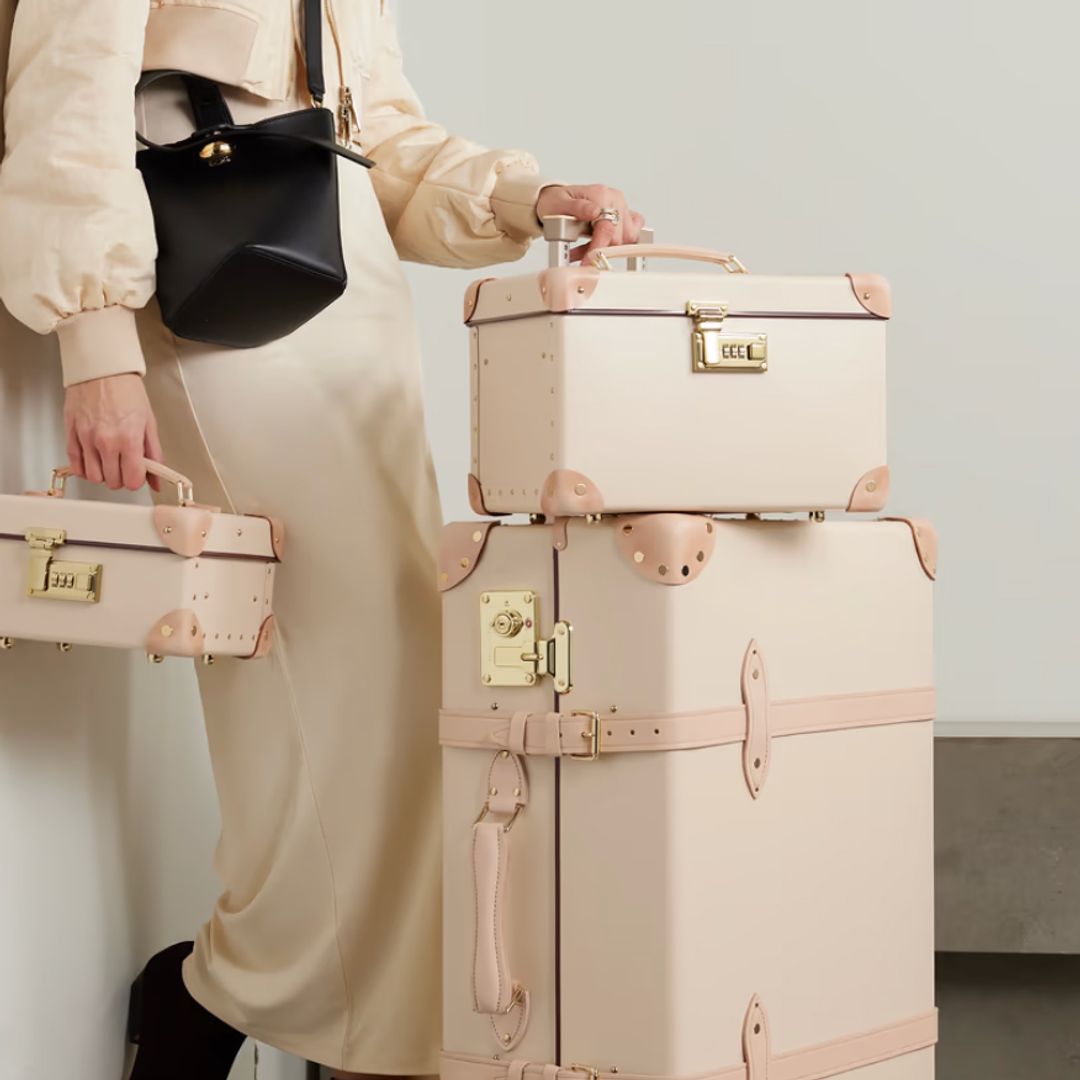Some of the dunes of Sossusvlei in the south of Namibia rise to a staggering height of 300 metres – as tall as a 60-storey skyscraper. The desert – which experts reckon is the the oldest on the planet – holds other wonders, too: in the 50,000 square kilometres of the Namib-Naukluft National Park you'll find the Welwitschia Trail, named for the strange slow-growing desert plant that can live for a thousand years or more, Sandwich Harbour on the coast, a bird-watcher's delight, the Naukluft Mountains and the Kuiseb canyon. But, quite literally, the biggest attraction must surely be these vast sand dunes whose colour changes through all the shades of red, orange and rusty ochre as the sun moves slowly through the sky..The highest ones are nearest to where the – usually dry – river Tsauchab ends abruptly in a dry lagoon.
Most people visit this breath-taking scenery by off-road vehicle, and that certainly makes for a very special experience. But there's an even more impressive option: the view from a hot-air balloon is quite unparalleled, and is granted to just a handful of privileged travellers, who drift, surrounded by silence, above the russet crests of this endless sea of sand. Flights are made at sunrise, with the take-off point chosen according to wind conditions, and, on landing, after about an hour of glorious bird's-eye viewing, this unique experience is rounded off with a champagne breakfast.
This is not a safari where you will view hundreds of exotic animals. The sporadic rainfall in the area means that wildlife and even vegetation is sparse. But when it does rain, there are flash floods and the water stands in surface lakes where flocks of flamingoes and other water birds gather. You may spot the occasional oryx, too, on the scorched plains, and a few acacias dot the dunes that threaten to swallow them up as they advance. But the real appeal of the balloon flight is the appreciation of scale that it gives: of the silence, the empty sky above you and the vast unconquerable desert below; a perspective you won't easily forget.
The balloon flight over this sea of sand, and the chance to see the dawn from the summit of one of these great red giants, such as the renowned Dune 45, are not the only thing to make this area of the Namib desert an attractive destination. The unusual rock formations of the Naukluft Mountains are a paradise for geologists, and the spectacular Sesriem canyon, a scar on the planet's surface created by millions of years of erosion, draws the adventurous to multi-day treks of exploration. Stretching for 160 spectacular kilometres, the Fish River Canyon, is the second largest in Africa; it is home to miraculous drought-resistant plants, and with patience and good luck travellers may spot a mountain zebra and or even one of the leopards that dwell among the fabulous sun-scorched rocks and cliffs.
THE PRACTICALITIES
Ballooning over the desertAt a cost of around £300 a person, it's not cheap, but the experience is throughly worth it. The main take-off areas for balloons to fly over Sossusvlei are Sesriem, at the entrance to the national park, Kulala Lodge and The Namib Rand Nature Reserve. The price includes transport between the lodge and the take-off location. Bookings can be made via travel agencies, the lodges or directly with the ballon companies such as Balloon Safaris.
Where to stayNamib Rand Reserve offers some incredible accommodation options as a base for exploring Sossusvlei: Dunes Lodge has nine wooden chalets at the foot of the dunes; Dune Camp offers luxury tents while accommodation at Boulders Camp is more luxurious and the top of the range Private Camp has just two exclusive suites. All of these are available through Wolwedans. Another spectacular option is the Sossusvlei Desert Reserve.
GastronomyNamibian specialities include gourmet seafood from the coast, and the chance to try farm-bred ostrich, antelope and other game animals. While on safari, the norm is full board at the camps and lodges, usually with European cuisine with a few local touches.
Further information:Namibia Tourism

